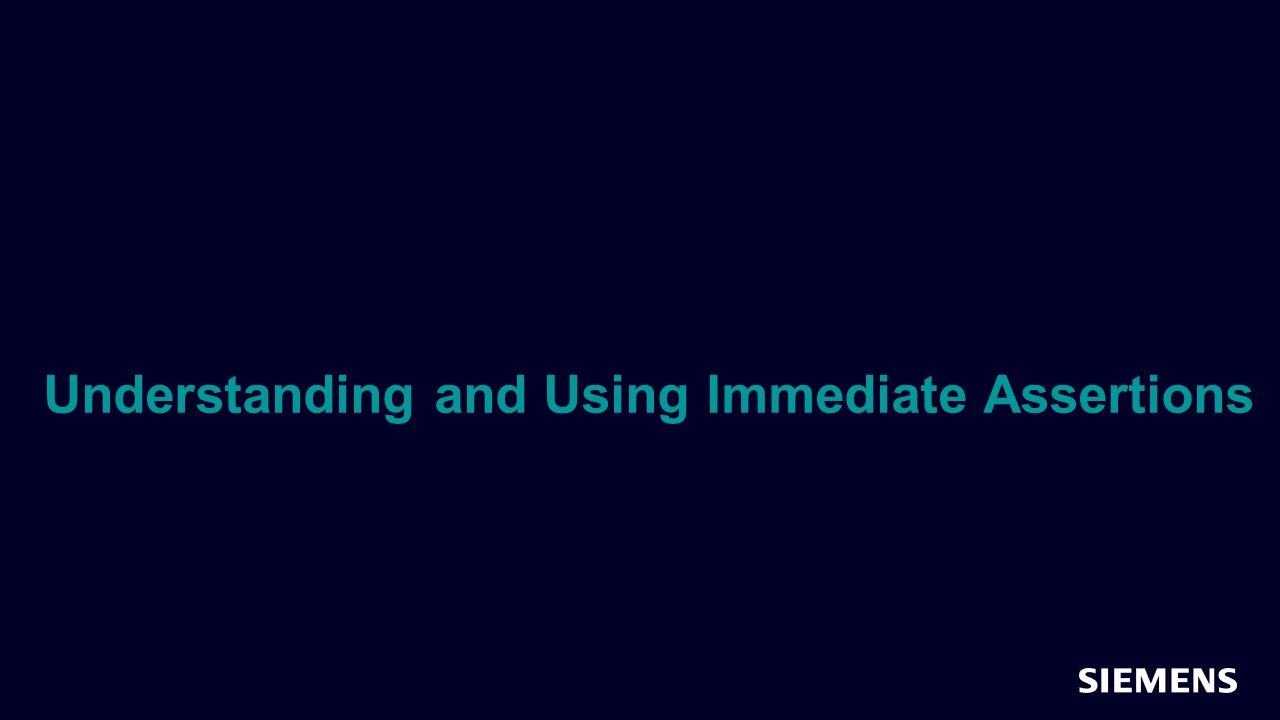Browse all content in Verification Academy: Articles, Cookbooks, Resources, Sessions, and Tracks
Search Results - 6 results
Filters
-
Verification Horizons

December 2022
-
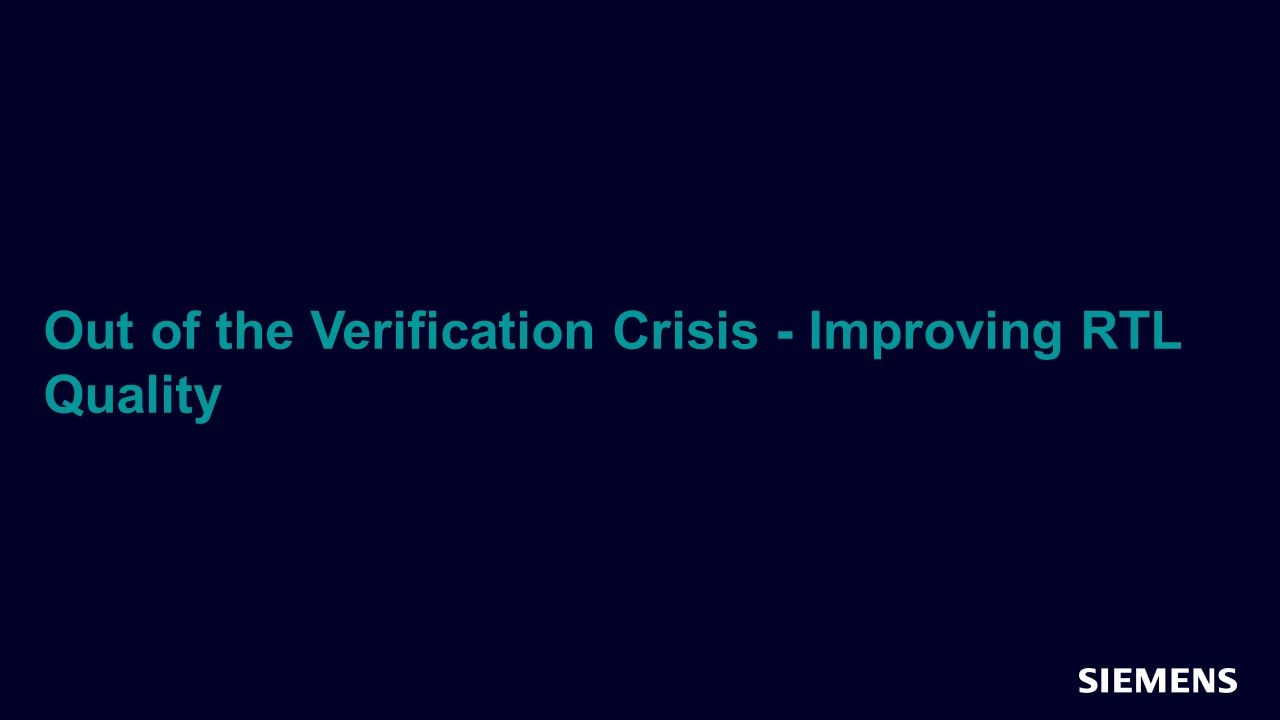
Out of the Verification Crisis - Improving RTL Quality
Planning, Measurement and Analysis Dec 01, 2022 Article -
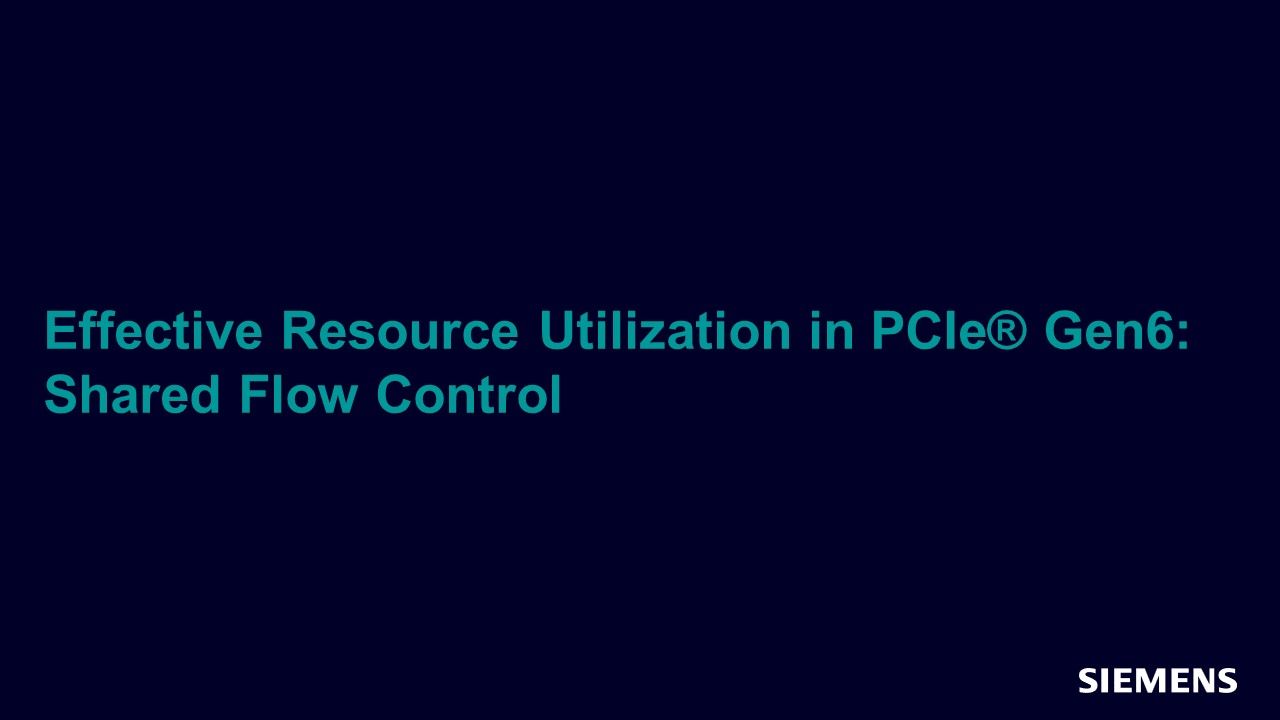
Effective Resource Utilization in PCIe® Gen6: Shared Flow Control
Verification IP Dec 01, 2022 Article -
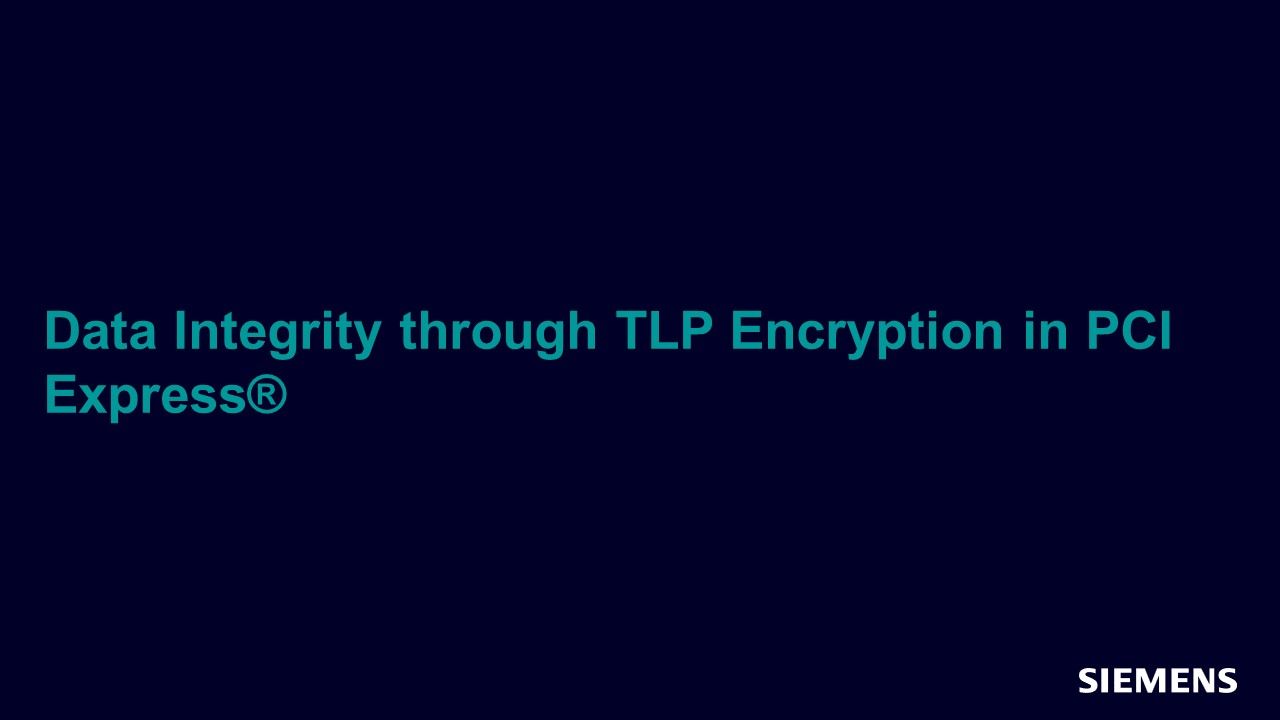
-
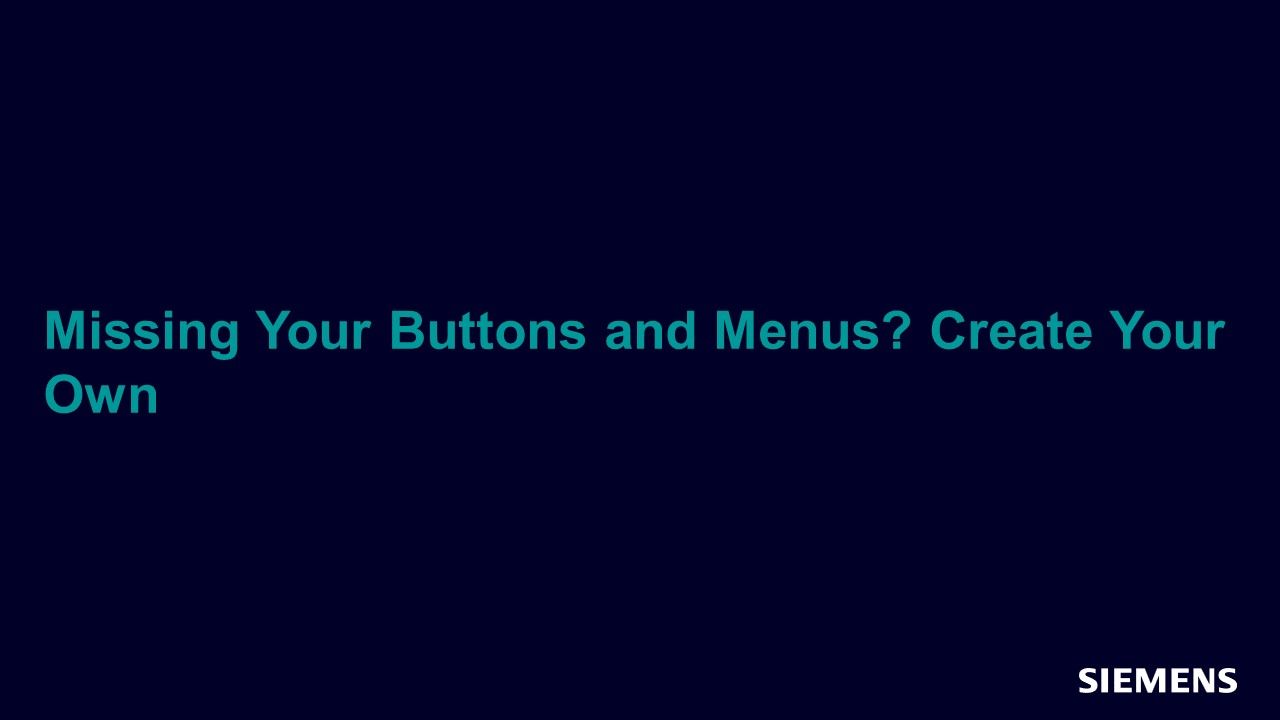
-
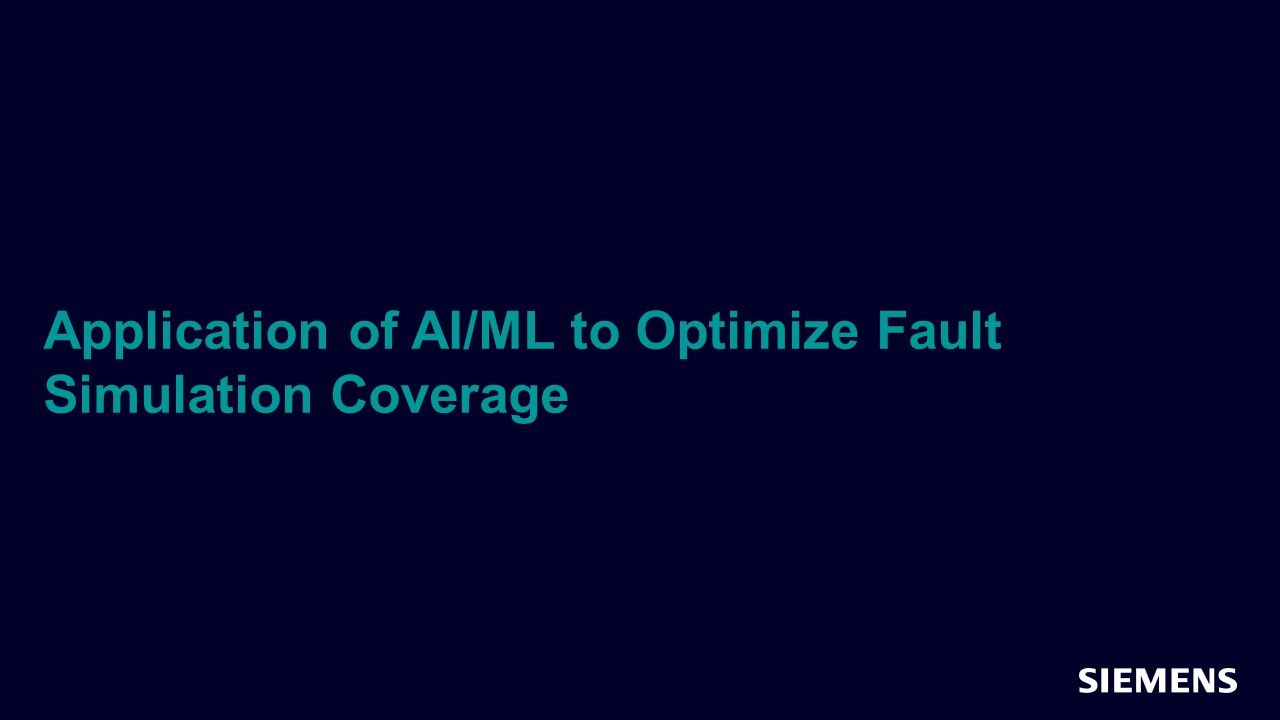
-
